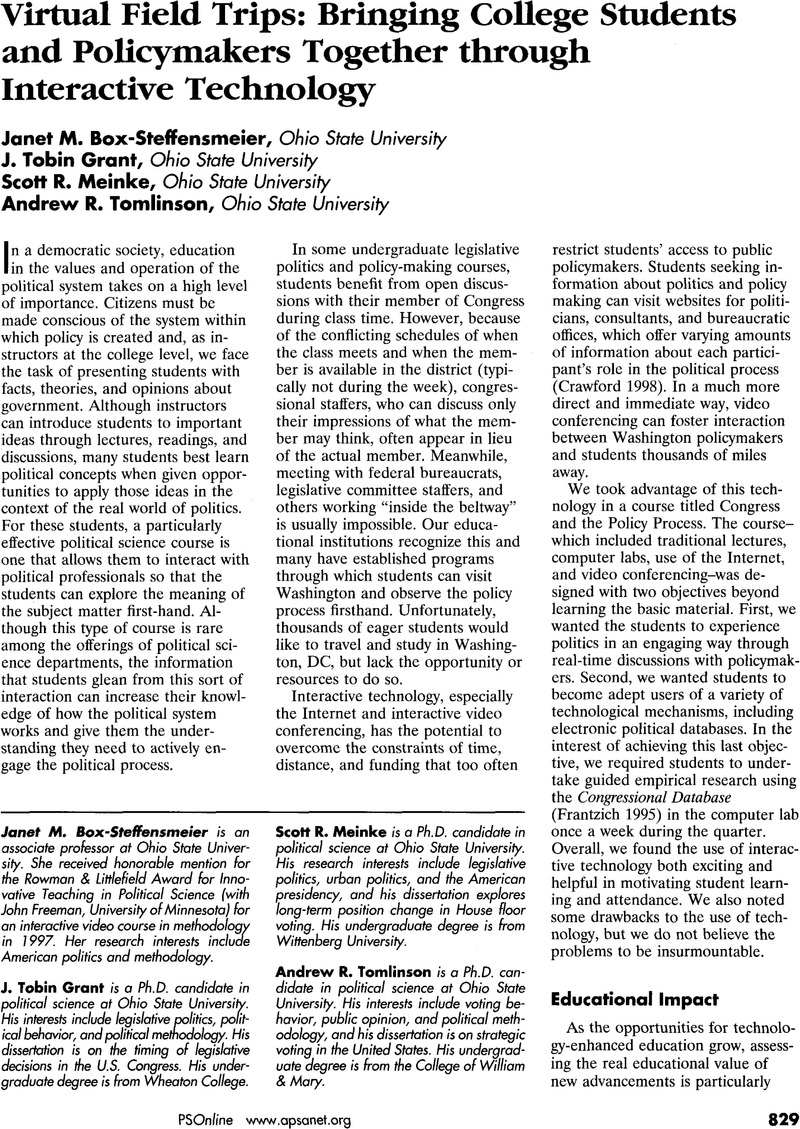Crossref Citations
This article has been cited by the following publications. This list is generated based on data provided by Crossref.
Rosen, Amanda M.
2024.
Teaching Political Science: A Practical Guide for Instructors.
p.
49.
Ostojski, Jennifer
2025.
Making Identity Tangible: A Virtual Field Trip to the
House of European History
.
Journal of Political Science Education,
p.
1.



